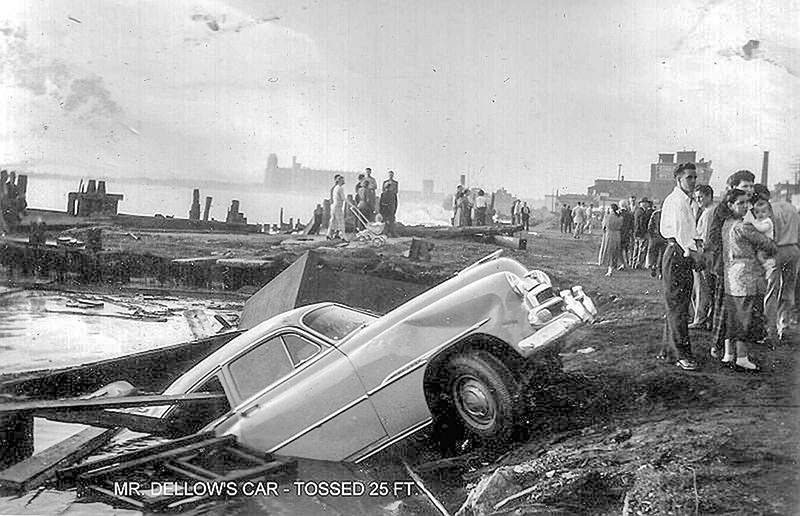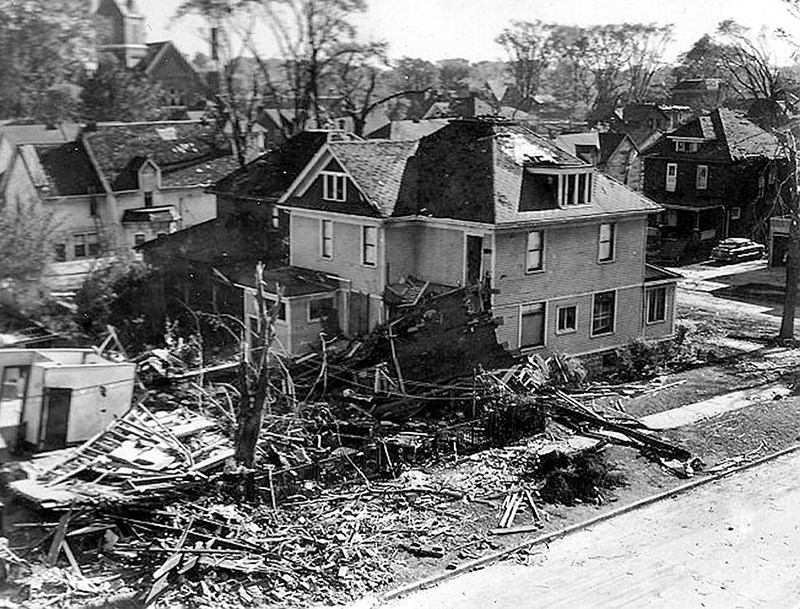Editor's note: It's been 70 years since a violent F4 tornado struck down in Sarnia. This story was originally published in the Journal in May 2015. Dorothy Alexander passed away earlier this year. She was awarded the distinction of heroism for her contributions to the city during the 1953 tornado.
Cathy Dobson
The shock is what Dorothy Alexander remembers most of all.
She had just left city hall where she worked as the switchboard operator when an F4 tornado roared through Sarnia’s downtown on May 21, 1953.
It was 5:45 p.m., minutes after Alexander and most employees along Christina and Front streets had left their jobs.
But her workday was about to be extended by the chaos that followed.
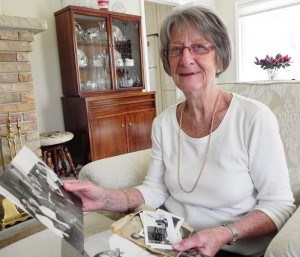
“I had left city hall with a co-worker who drove me home. We didn’t see the tornado. It must have come in behind us,” she recalls. In fact, the tornado hit the downtown hard but avoided the city’s south end. At her house, Alexander only experienced a bad thunderstorm with pounding rain and high winds.
“There was really big hail too but we had no idea there was a tornado,” she said.
Alexander, then 22 years old, had just stepped inside her house when the phone rang. It was city treasurer Willard Simpson telling her to get right back to city hall.
In 1953, Sarnia’s city hall was on the east side of Christina Street where Lambton County social services now stands. It was a two-storey building with a central tower and the police station in the basement.
City hall had not been damaged but many of the buildings surrounding it were reduced to rubble. Over 250 buildings were damaged, including 150 homes. To that date, it was the worst tornado to ever strike a Canadian city.
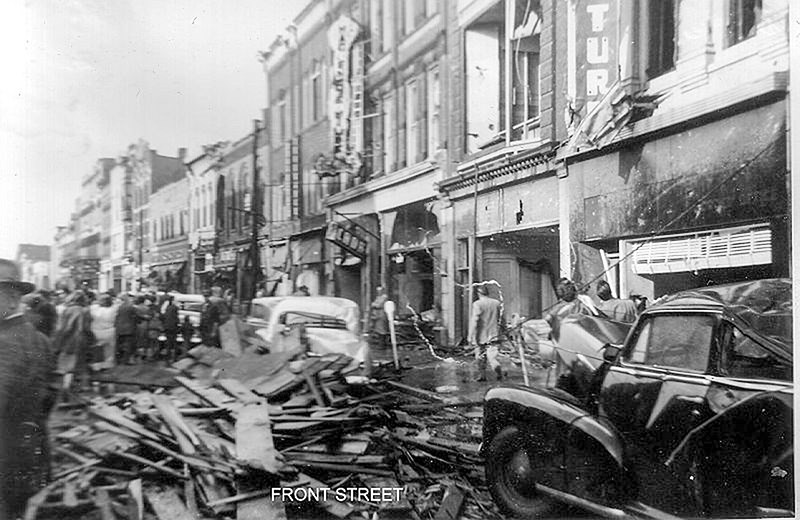
Many downtown landmarks were hit, including the Vendome Hotel, Imperial Theatre and Taylor's furniture store, and a number of frame homes were flattened to rubble.
“I had to walk back to work. I had no car,” said Alexander. “And as I came along, I saw the devastation. Everything was in chaos. Everyone was in shock.”
When she arrived at city hall, Acting Mayor Clayton Saylor was in control, stepping in for Mayor Bill Nelson who was out of town.
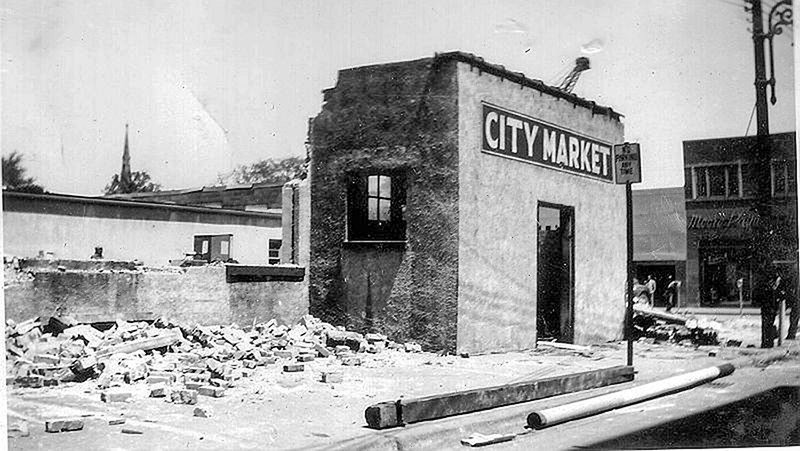
“He told me to get to my switchboard and call the militia at Ipperwash and London,” said Alexander. “I remember telling them we had an emergency and we needed help.”
The tornado, which killed two people as it ripped through Port Huron and five others in Ontario, including one in central Lambton, was preceded by sheets of rain and hail that prompted Sarnians to take cover.
“And people were home cooking supper at the time. I think that’s why we didn’t have any fatalities here,” said Alexander.
Thirty-eight people were injured by broken glass and falling debris.
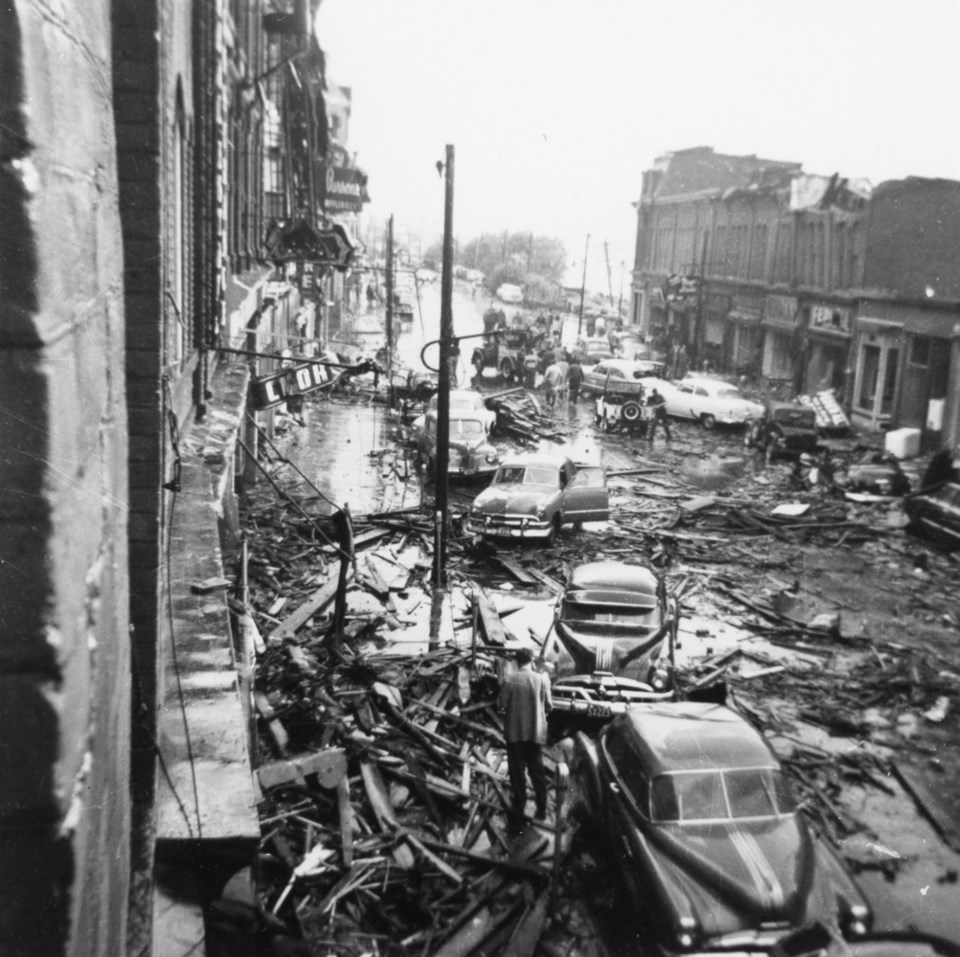
“The show had ended at the Imperial Theatre on Christina Street just 15 minutes earlier and the people had all left there too,” she said. “It had three storeys, including a balcony. Had the show still been on, it would have been very bad because the tornado destroyed the Imperial.”
The roofless theatre was later demolished.
Police, militia and RCMP deluged Sarnia that night helping with the evacuation of about 500 residents, and to keep people away from the devastation. There was some concern over looters as well.
The commercial area was cordoned off and only those issued with passes could get in. An emergency shelter was set up for displaced residents.
“Hours later, walls were still tumbling down,” said Alexander. “Acting Mayor Saylor read the Riot Act to let the police do their job.
“I remember thinking this wasn’t for real.”
She stayed on the switchboard until midnight, fielding press calls from the likes of Scoop MacLean from The Observer and Lucky Turner from the London Free Press.
In the days that followed, the cleanup went quickly. Local residents volunteered to clear the rubble. Alexander recalls the Boy Scouts pitched in as well.
“I don’t believe we had any emergency plan in place in 1953,” she said. “But I think under the circumstances it was handled well. The response and the cleanup were very well organized.”
